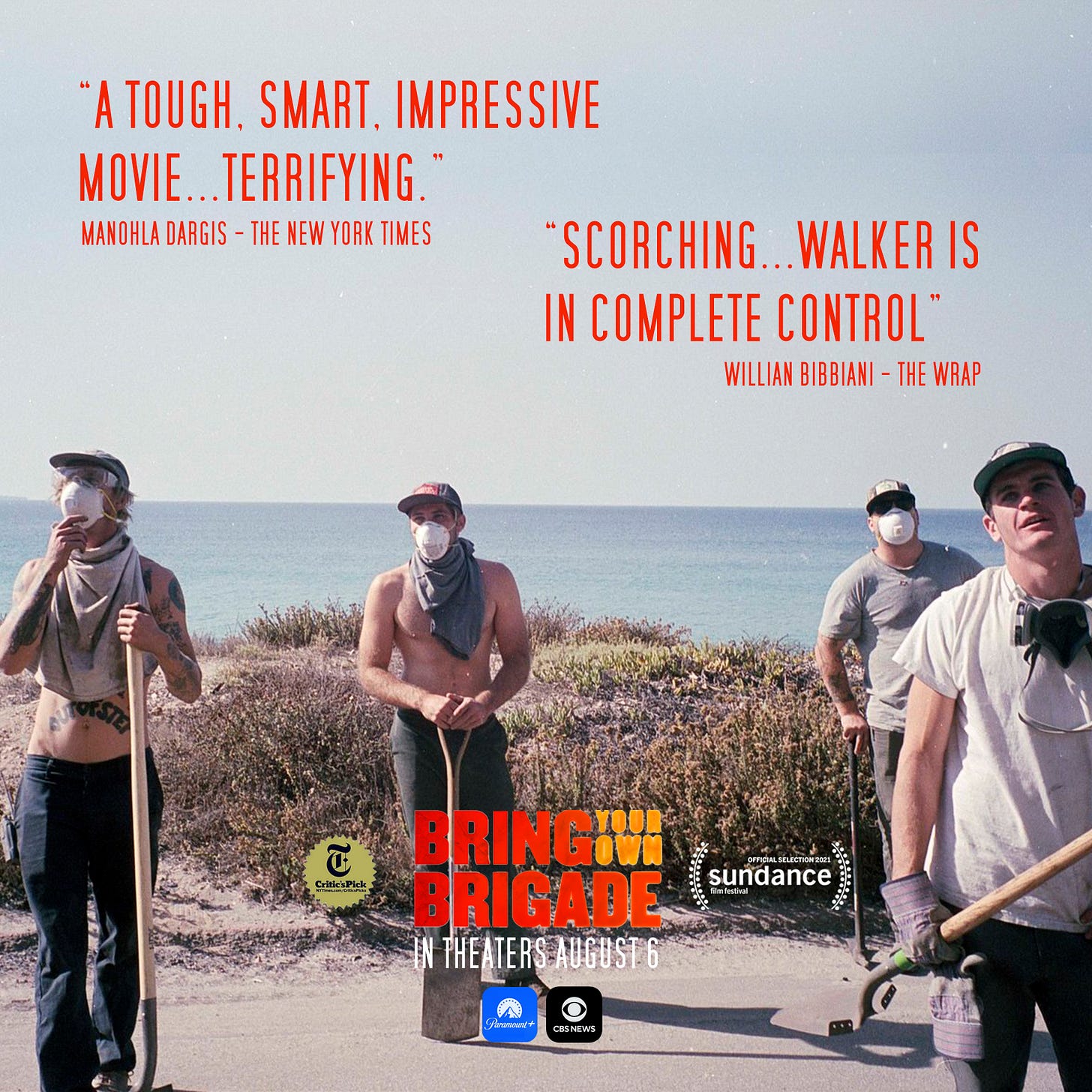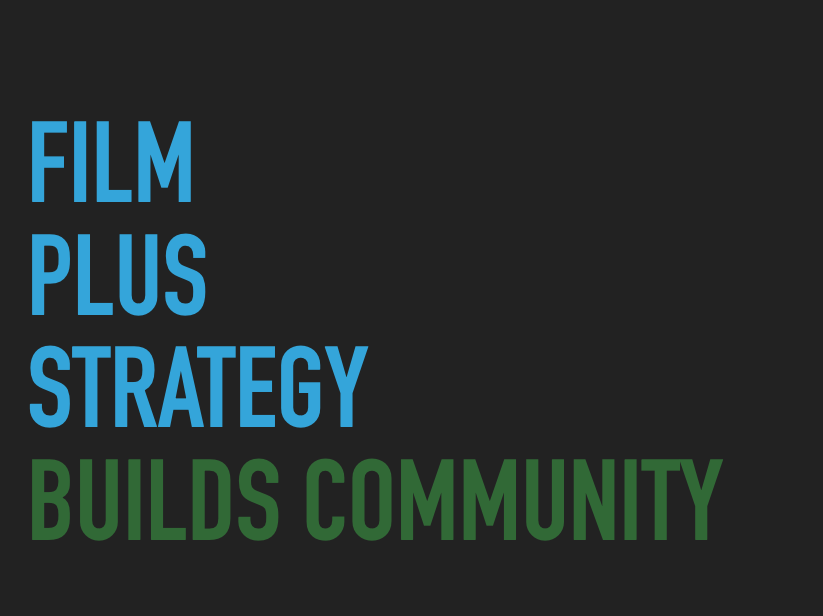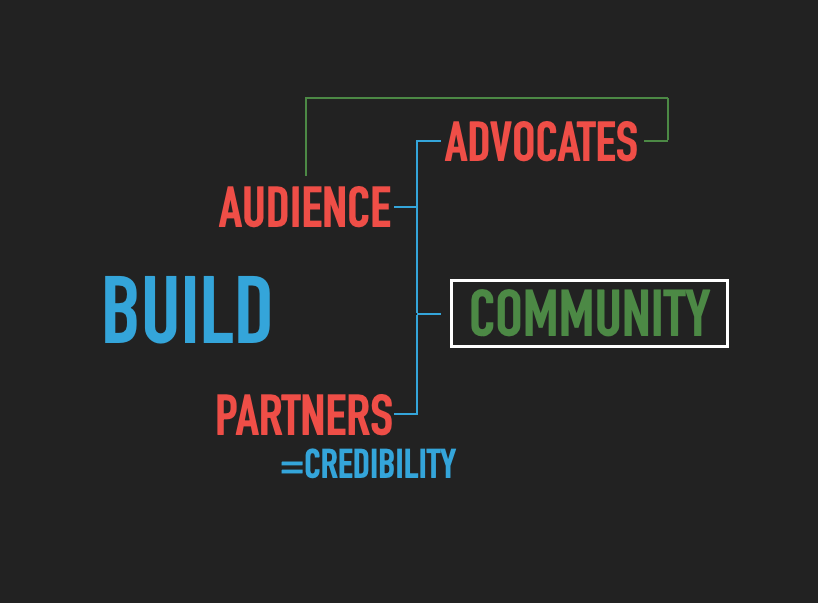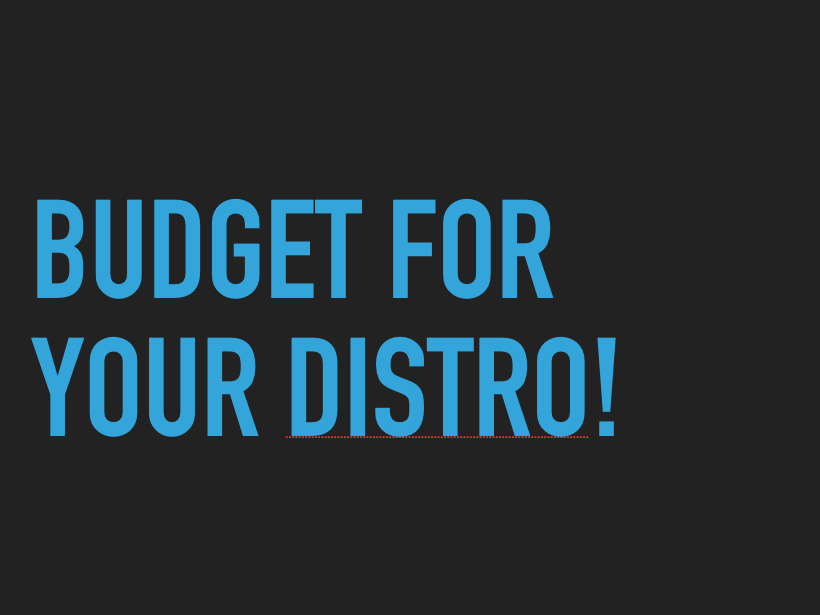Bringing distribution into the classroom
Catching up to 2025, looking ahead to the posts upcoming this year, and how I'm wrapping up my semester teaching with a sprinkle of distribution.
As I started writing this piece (at the beginning of Feb!), January has just ended but as I described to someone yesterday I feel like yesterday was January 8th for me. I’m fortunate to have had minimal direct consequence from the wildfires here in LA. I did leave town away from the nearby Eaton Fire for just over a week on the 8th and upon returning went into a nonstop three weeks that included my weekly teaching at USC, prepro & production on a project either side of a trip to Park City for the festival. I’ve missed a lot of good writing that’s been happening here on Substack, including a case study on ENO, and this is the first post I’ve started in the new year. Big welcome to all the new subscribers! Hopefully this post will be a good way for you to see where I’m headed in 2025 on Substack. I’ve had a to put the ecosystem thinking slightly on hold the last 6 weeks...but now back.
A quick detour...
A film I produced has gained some unexpected relevance given the January fires here in LA. Back in 2021 we premiered director Lucy Walker’s Bring Your Own Brigade at Sundance. It covered what was then the deadliest fire (Camp fire in Paradise), and largest fire (Woolsey fire in Malibu) in California history. In light of the Eaton and Palisades fires last month the film represents an urgent deep dive into understanding what’s going on. It’s also looks at how we came upon wildfires, what American society did to combat wildfires, how we came to be where we are now and where we go from here. There is hope. If you’re an Angelino you may not be ready to dive in yet but when you are it’s free to watch via AVOD streaming on CBS. You can find it on Paramount+ and the other usual places. I’m biased, but truly I can’t tell you how necessary the film is. The director was invited to participate at an impact panel at Sundance last week and the reaction from the crowd I’m told was eye-opening.
Ok back to this post.
Ending 2024 it's been great seeing more and more case studies and general sharing of experiences and ideas for filmmakers charting their own paths to connecting films with audiences. I've been keeping an eye on those case studies and refreshing my post about them with new additions.
There's a lot to get into for 2025 and I've started research on pieces that will cover the ecosystem map I want to create. For today I'm using the post to also prep my penultimate USC documentary producing class I'm teaching this semester. It's a graduate class at the cinema school’s Peter Stark Producing Program. Across the last 10 years I've always had one session covering distribution and this year in particular I'm looking to evolve the class a bit. Because I've been covering distribution through the lens of documentary film it has always lent towards hands-on-filmmaker-led approach without truly naming it that. Now it needs to go further. The reality is folks coming out of film schools or similar filmmaker incubators need to appreciate that the power to creative success and sustainability is through non-dependence <—— read the Tep Hope posts.
My approach that I threaded through my class had been connecting distribution with building community.
As we make our films, we work on building audience and partners, which form our community.
What I want to dive further into is how to establish and build that audience...
— How to create an ongoing and growing relationship with audience.
— How to hold on to that relationship i.e. not relying on an intermediary (a distributor) to gatekeep that relationship.
— How to begin building that audience as you begin the film.
— How to look at this audience as not just the audience for one singular film but for the life of your projects. Sustainability.
— Pay attention to how the creator industry, the influencer industry, and the music industry are engaging and connecting with their audience.
Jon Reiss has a great primer post on distribution that’s a great starting place.
Another part is continuing to ensure producers are including distribution and audience building costs into their project budgets. That audience building is ongoing from the beginning not left till after picture lock or worse after the festival premiere. And that’s a great segue to encouraging film teams to come into their festival premiere with more than one plan aka the all rights sale. Folks probably don’t need me to hit this home too hard any more, the reality is all rights sales aren’t happening in the way they use to and that’s evident to everyone. That myth is busted. As Ted Hope has said, come into your premiere with different plans. Be realistic about what those are, put $$ amounts behind what will be the number that makes that particular plan worth pursuing. And then increasingly is there another plan where you’re not relaying on the festival premiere as your storefront calling card to a distributor? Rather the premiere is the beginning of your planned released strategy.
On that note it reminds me for my search for case studies, I’d love for a case study / survey of the films that went to Sundnace this year, how many came with a plan beyond show the film and sell it? And if they had different plans, what were they and how did they work out. I really like the recent survey of the films that made the 2024 Popcorn List and how they ran their distribution. Hey Kathleen, you have time and interest to take this on? or Distribution Advocates? or maybe the Popcorn List team?
Lastly for my class I’m going to dive into my breakdown of windowing and bring in the idea of...going slow. What does the slow release look like and what are the benefits.
Ok so this was helpful for me. I wrapped up refreshing my slide show to the class. Wanna see it in full...I guess sign up for the course? Before closing out this post with my plugs, I was going to drop a few thoughts on Sundance 2025 but I decided to make a post just on that. I’m not looking to dump on the lack of sales, or the lack of commercial titles. If you’re taking notes, I did like walking around main street for the first time in a while.
A quick programming interlude. Welcome to the new subscribers. If you want to know what this substack is all about, start here and then work through some other older posts like this one and this one. Participate with your comments and suggestions. Share things you like and get your friends to stop by.
____________
Ok now the plug part of the post...
On Born Innocent we’re up to 50+ play dates now since hitting the road in December touring the film. We have a fun screening at LA’s Grammy Museum on 18th of February and even more exciting things happening in March that I’ll be able to share soon.
For Maya and the Wave, the theatrical tour keeps going. Maya herself recently announced that she’s hanging up her big wave competitive surfboard yet the film continues to wow audiences in the theaters wherever it rides up. We’ll be shifting to the next phase soon so stay tuned.
Lastly, True Believer is continuing it’s festival roll out alongside our community screening series. We’re growing the community piece in 2025 as there’s a great need for the dialogue the film can inspire right now in our post-Roe reality. Follow our director Kristen’s substack, The Community Table!
and really lastly, a new film hits the festival circuit later this quarter. Announcements to come. The film is a push I made consciously to engage more in supporting and realising films by Asian filmmakers and/or about Asian culture & subject matters. I didn’t find filmmaking until I left Hong Kong. I’ve always been a devotee of the cinema from home but until now I haven’t had opportunities to work on projects with Asian connections. So I’m excited to be able to share On Healing Land, Birds Perch by talented Vietnamese American filmmaker, Naja Pham Lockwood. Coming soon this spring!
As always I’d love to know about your non-dependent film experiences.







